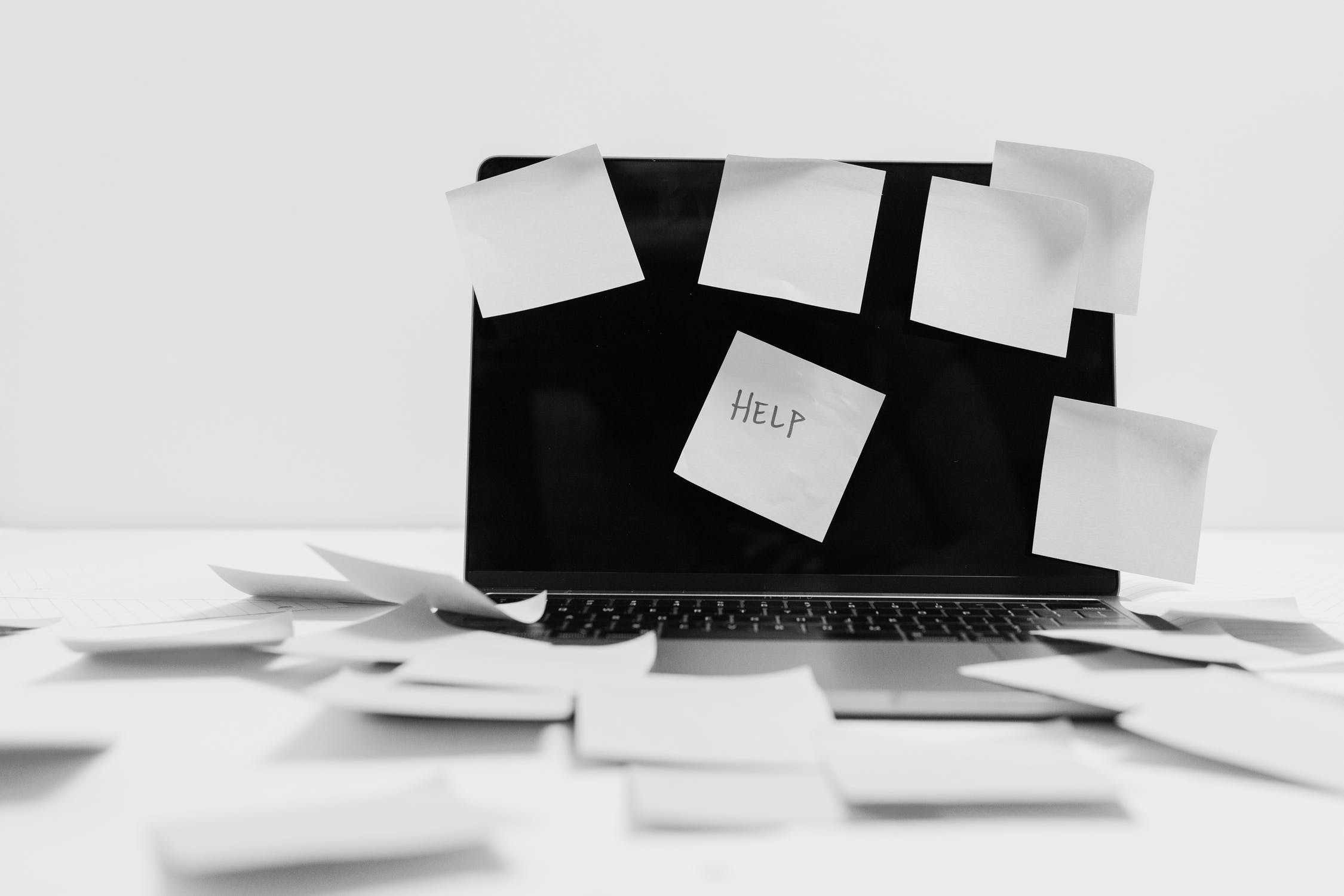Today is not your typical Monday – it’s Blue Monday, often referred to as the most depressing day of the year.
And in 2022, it’s likely a little bluer.
As we inch towards the two-year mark of the COVID-19 pandemic, new research shows that more than one-third of all working Canadians feel burned out.
Conducted by Mental Health Research Canada, together with Workplace Strategies for Mental Health, the December 2021 study factored in everything from engagement and recognition to workload and safety.
For Mary Ann Baynton, Director of Collaboration and Strategy, Workplace Strategies for Mental Health, the data is “cause for concern.”
“It’s not surprising though – considering we’re once again faced with extreme uncertainty as the pandemic rollercoaster continues,” Baynton said. “For so many of us, anxiety and exhaustion are at an all-time high.”
While the signs and symptoms may vary, Baynton says burnout is often characterized by emotional exhaustion, cynicism, negativity and reduced efficiency in the workplace.
She says it’s more prevalent in employees who set high expectations for themselves, have unreasonable demands placed on them or feel unappreciated for their efforts.
Industries show burnout rates above the national 35 per cent average:
- Health and patient care (53 per cent)
- Transportation (40 per cent)
- Finance, legal and insurance (39 per cent)
- Education and childcare (38 per cent)
- First responders (36 per cent)
Within the health and patient care industry, the study found 66 per cent of nurses reported burnout, with mental health professionals following closely behind at 61 per cent.
That comes as no surprise to Canadian Mental Health Association – BC Division CEO Jonny Morris, who says healthcare workers have been hard-hit.
“And we hear that from employers, staff and unions in that sector,” Morris told Vista Radio. “Fatigue, feeling burned out, stress. The moral of the stress too, of making incredibly difficult healthcare decisions in an acutely stressful environment.”
While not considered a mental illness, burnout can be debilitating and long-lasting, and Morris encourages people to also keep an eye on those around them.
“If you’re worried about someone, maybe you’re noticing a colleague is struggling, or a loved one or a friend, or a neighbour, to reach into them as well and connect with them. It can sometimes be a life-changing and sometimes a life-saving conversation to connect with someone that you care about,” he added.
—
To find help preventing burnout for yourself or others, Workplace Strategies points to prevention and mitigation strategies on its website. They include, among other tips, reprioritizing, taking breaks, connecting with others and making life more than work.




